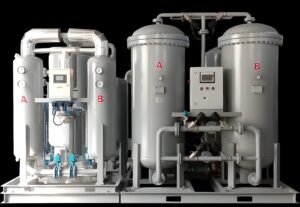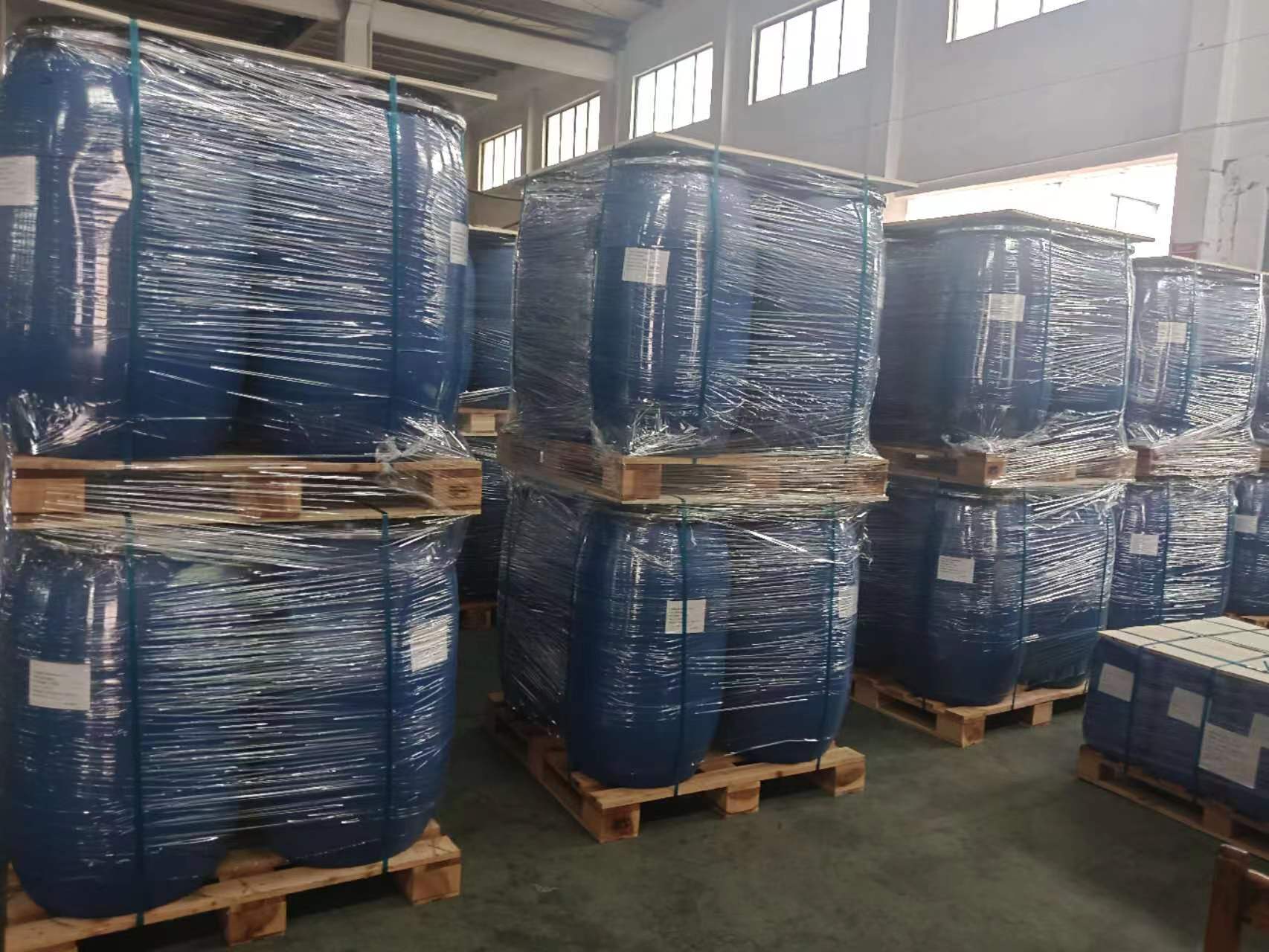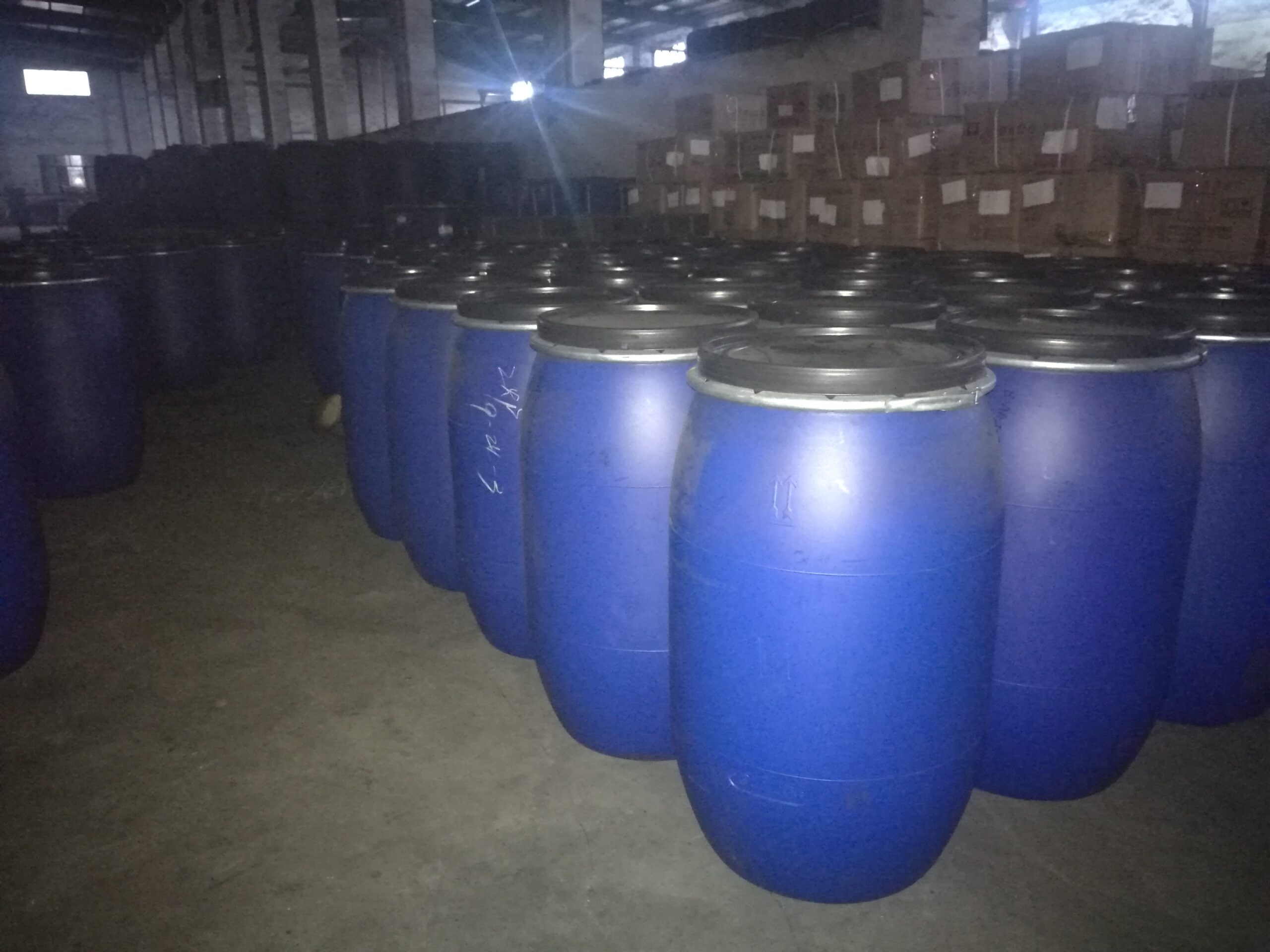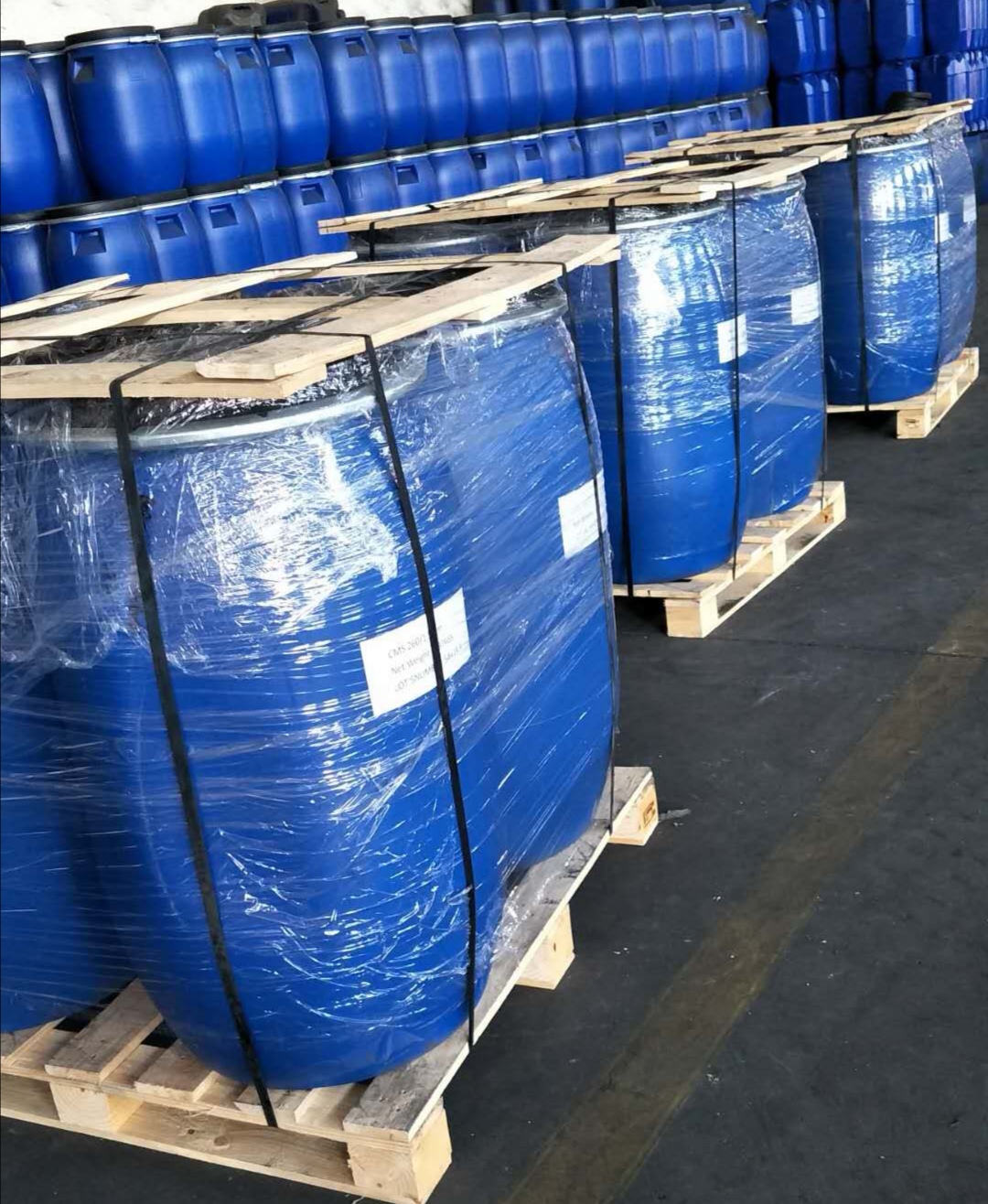Why is the nitrogen generators used in the rubber tire industry?
The nitrogen generator specially designed for the rubber tire industry is suitable for nitrogen protection and molding in the rubber and tire production process. Especially in the production of all-steel radial tires, the new nitrogen vulcanization process has gradually replaced the steam vulcanization process. It has the characteristics of high nitrogen purity, continuous production, and higher nitrogen pressure.
The traditional domestic process for steel cord radial tires uses hot water for shaping and vulcanization. The so-called hot water vulcanization refers to the use of low-pressure steam for the shaping of the tire, and during the positive vulcanization process of the tire, the medium in the capsule (similar to the function of a mold) is high-pressure hot water above 170℃, while the external temperature uses low-pressure steam for vulcanization.
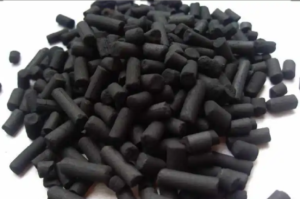
The nitrogen vulcanization refers to the use of low-pressure nitrogen (0.4-0.5 MPa) for the shaping of the tire, and during the positive vulcanization process of the tire, the medium in the capsule is a mixture of high-pressure steam and high-pressure nitrogen (2.5 MPa), while the external temperature uses low-pressure steam for vulcanization. Both methods utilize high temperature to change the chain-like molecular structure of natural rubber into a network structure, while closely combining the layer of the belt and forming patterns on the tread. In the performance indicators of tires such as mileage, durability, uniformity, and puncture resistance tests, nitrogen vulcanization has higher performance indicators than traditional hot water vulcanization. The purchase cost of the nitrogen generation equipment can basically recover all the investment within one year.
Nitrogen inflation vulcanization refers to the use of low-pressure nitrogen (0.4-0.5 MPa) for the final setting of tires. During the normal vulcanization process of the tires, the gas inside the capsules is a mixture of high-pressure steam and high-pressure nitrogen (2.5 MPa). The external temperature is controlled by low-pressure steam for vulcanization, using high temperature to transform the chain-like structure of natural rubber into a network structure, while closely bonding the layers of the belt and forming patterns on the tread. Nitrogen inflation vulcanization results in better performance indicators for tires in tests such as mileage, durability, uniformity, and puncture resistance compared to traditional over-temperature vulcanization.
一. Advantages of nitrogen inflation vulcanization equipment:
1. The performance indicators of tires, such as mileage, durability, uniformity, and puncture resistance, are significantly better than those of traditional over-temperature vulcanization.
2. It effectively reduces equipment configuration and operating costs.
3. The process is simplified, and it overcomes the shortcomings of the traditional over-temperature vulcanization system being large, complex, and occupying a lot of space.
4. It solves the problem of difficult regulation of pressure and temperature for steam and over-temperature vulcanization, making the vulcanization process stable and significantly reducing the occurrence of rubber shortage, delamination, and bubble phenomena during tire vulcanization.
5. Nitrogen has stable performance, excellent heat insulation properties, significantly improving the phenomenon of severe heat loss from over-temperature vulcanization, and saving energy.
6. High-purity nitrogen eliminates the early sulfidation phenomenon of the vulcanization capsule, increasing the average lifespan of the capsule by 10%.
7. It eliminates the large amount of steam used for heating over-temperature vulcanization, reducing the necessary investment in utility engineering to meet the process requirements.
8. It reduces water and electricity consumption, eliminates leakage, dripping, and spilling phenomena, and meets the requirements for environmentally friendly operation.
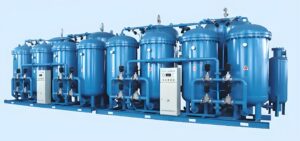
二. Superiority of nitrogen inflation for tires:
Compared to tires filled with air, filling dry and low-oxygen nitrogen will stabilize the tire pressure, significantly reducing the chance of tire blowouts and improving the safety of high-speed driving.
A. Reducing the chance of blowouts and improving driving safety
1. Nitrogen is an inert gas, avoiding oxidation of the wheel rim and tire cord layers.
2. The speed at which nitrogen fills the tire penetrates the tire wall is only 1/6 of that of oxygen. Therefore, the tire pressure of nitrogen-filled tires is maintained well, requiring less frequent inflation and reducing friction to save fuel.
3. For tireless inner tubes, filling with dry nitrogen avoids corrosion of the wheel rim by water vapor and high oxygen content.
B. Extending the lifespan of tires
1. Nitrogen-filled tires can maintain stable pressure for a long time, extending the lifespan of the tires.
2. Tires filled with ordinary air have high oxygen and water content in the inner cavity, and oxygen gradually penetrates from the inner cavity to the depth of the tire wall. Oxygen molecules and the unsaturated molecules in the rubber undergo chemical reactions, leading to rubber aging and eventual failure. However, nitrogen-filled tires have a nitrogen concentration of at least 95%, with a lower oxygen content in the tire. Nitrogen can protect the rubber from aging, extending the lifespan of the tires.
3. Tires filled with ordinary air have compressed air containing a certain amount of oil, causing pollution and gradual swelling of the inner tube, reducing the lifespan. Dry filling of tires can extend the lifespan of tires.
C. Reducing abnormal deformation of tires and saving additional fuel consumption
The leakage of tire pressure leads to an increase in the additional deformation of the tire, increased rolling resistance, and subsequent increase in fuel consumption. Nitrogen-filled tires, due to their stable tire pressure, reduce the abnormal deformation of tires during use, lower fuel consumption, save exhaust emissions, and protect the environment.
